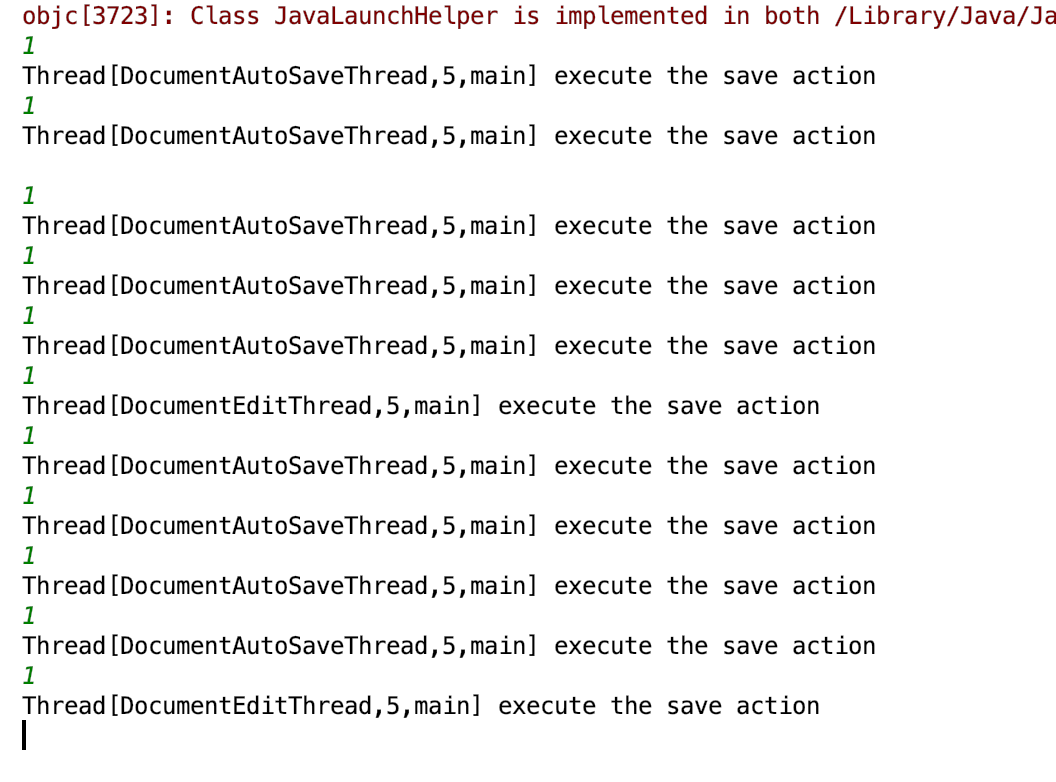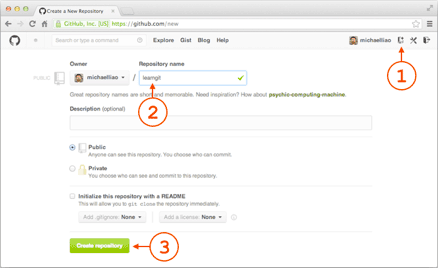oracle序列和索引的使用以及plsql数据库编程
1.创建视图
create or replace view view_emp
as
select e.ename,d.dname,e.sal,s.grade
from emp e,dept d,salgrade s
where e.deptno=d.deptno and e.sal between s.losal and s.hisal
2.创建序列
create sequence seq_dept
increment by 1 – 步长
start with 1 – 开始位置
nomaxvalue —最大值
nocycle – 是否循环 到达最大之后是否重新开始标号
cache 10 – 缓存 定义存放序列的内存块的大小,默认为20。NOCACHE表示不对序列进行内存缓冲。对序列进行内存缓冲,可以改善序列的性能。(大量语句发生请求,申请序列时,为了避免序列在运用层实现序列而引起的性能瓶颈。Oracle序列允许将序列提前生成 cache x个先存入内存,在发生大量申请序列语句时,可直接到运行最快的内存中去得到序列)
序列的使用
insert into emp(empno,ename) values(seq_dept.nextval,‘小明’)
查询当前序列
select seq_dept.currval from dual
查询下一序列 序列此时也会向后移动一步长
select seq_dept.nextval from dual
修改序列
– 不允许修改序列的开始值
alter sequence seq_dept
increment by 2
3.创建索引
create index index_ename on emp(ename)
经常作为查询条件的列或者表连接需要用到的列可以创建索引,提高效率
4.plsql编程
(1)语句块
声明部分(用declare开头)
执行部分(以 begin开头)其中执行部分是必须的,其他两个部分可选
异常处理部分(以exception开头)
结束:end
– 声明变量
==declare ==
smithsal number(8,2); 变量名 数据类型:=值 (可以不赋值)
–执行部分
begin
smithsal:=3000;
select sal into smithsal from emp where ename=‘SMITH’;
dbms_output.put_line(smithsal);
– 结束
end;
(2)存储过程
创建存储过程
–计算某个部门的总薪资
create or replace procedure pro_sal(dno number)
is
begin
declare totalsal emp.sal%type;
begin
select sum(sal) into totalsal from emp where deptno=dno;
dbms_output.put_line(‘总月薪为:’||totalsal);
end;
end;
调用存储过程
declare
deptno emp.deptno%type;
begin
deptno:=30;
pro_sal(deptno);
end;
(3)函数
创建函数
create or replace function fun_sal(dno number)
return number
is
begin
declare totalsal emp.sal%type;
begin
select sum(sal) into totalsal from emp where deptno=dno;
return totalsal;
end;
end;
调用函数
declare
dno emp.deptno%type:=30;
totalsal emp.sal%type;
begin
totalsal:=fun_sal(dno);
dbms_output.put_line(totalsal);
end;
(4)游标的使用
create or replace function fun_addsal(dno number)
return number
is
begin
declare
cursor cur_emp is select * from emp where deptno=dno;
– 声明 cur_emp游标类型的一个变量
c cur_emp%rowtype;
begin
– 遍历游标来进行加薪操作 使用for循环会自动打开和关闭游标
for c in cur_emp loop
– c存储当前行的各列数据
if c.sal<=1500 then update emp set sal=sal+500 where empno=c.empno;
end if;
if c.sal>1500 and c.sal<3000 then update emp set sal=sal+300 where empno=c.empno;
end if;
if c.sal>=3000 then update emp set sal=sal+100 where empno=c.empno;
end if;
end loop;
return 1;
end;
end;
调用函数
declare
dno emp.deptno%type:=30;
rs number(2,0); – 用来接收函数返回值
begin
rs:=fun_addsal(dno);
end;



































还没有评论,来说两句吧...